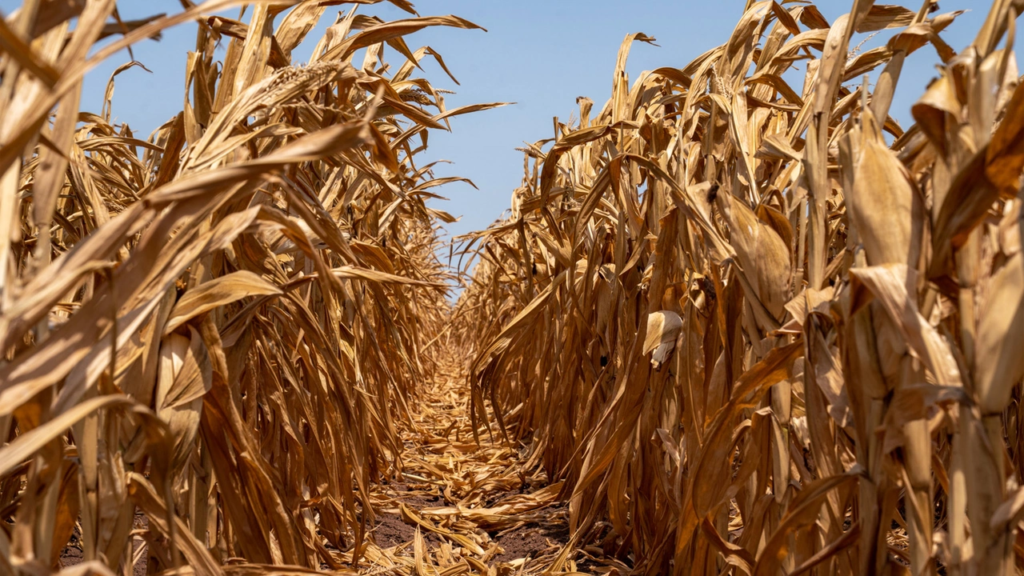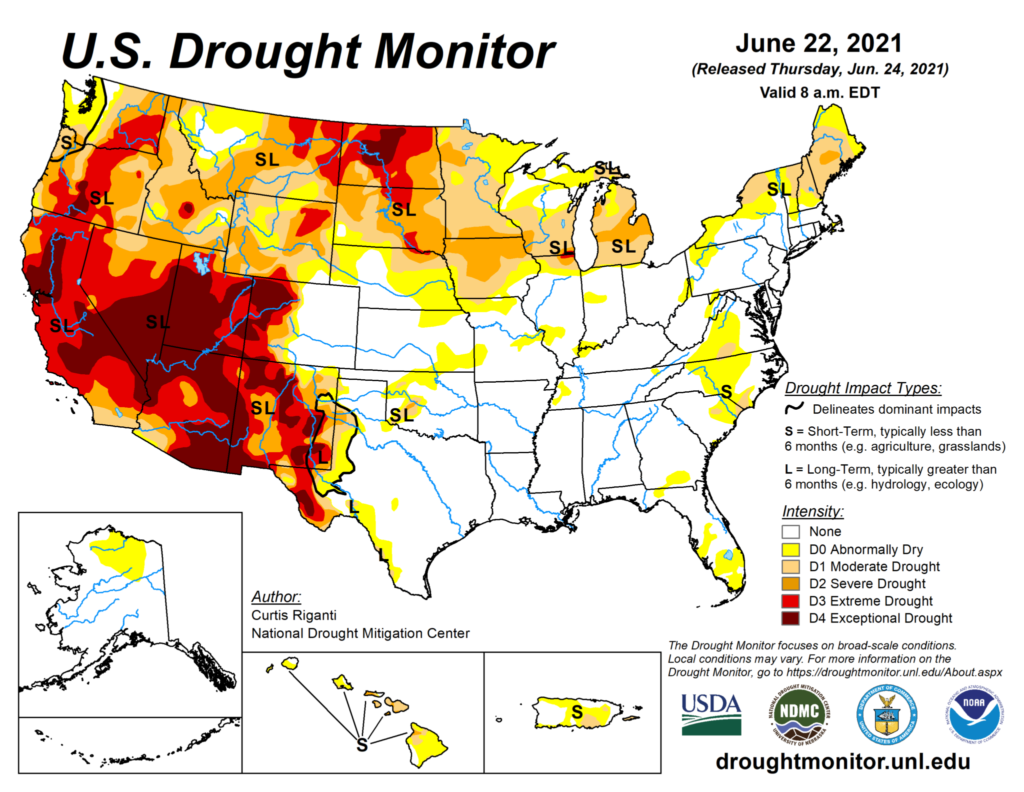Severe droughts and heat waves in Florida, Texas, and Alaska have become more frequent and intense in recent years. These extreme weather events are causing serious challenges for people, wildlife, and the environment in very different parts of the United States. This article explains why these states are being affected, the impacts of these conditions, and what the future might hold.
What Are Severe Droughts and Heat Waves?
A severe drought happens when an area experiences a long period of below-average rainfall. This causes dry soil, low water supplies, and stress on plants and animals. Heat waves occur when temperatures stay much higher than usual for several days or weeks. When droughts and heat waves happen together, their effects can become even worse.
Florida, Texas, and Alaska have very different climates, so it is unusual but important that all three are facing severe droughts and heat waves. Florida is usually wet and humid, Texas is hot and dry in many areas, and Alaska is cold with snow most of the year. The fact that all three states are affected shows how climate change is changing weather patterns in unexpected ways.

Why Are Florida, Texas, and Alaska Experiencing These Conditions?
Florida’s Dry Spell and Heat
Florida usually has a wet and humid climate, but it has recently seen less rain and hotter temperatures. Reduced rainfall during key months has led to drought conditions in some areas. At the same time, record-breaking heat waves have increased evaporation, drying out the soil even more.
These changes affect Florida’s agriculture, water supplies, and its famous wetlands such as the Everglades. Heat waves also raise the risk of wildfires and can cause heat-related illnesses in people.
Texas Facing Hotter and Drier Conditions
Texas is known for its hot summers, but recent droughts and heat waves have been especially severe. Large parts of Texas are experiencing some of the driest conditions in decades. Rivers and reservoirs that supply water are shrinking.
Temperatures have reached record highs, which makes farming and outdoor work dangerous. The drought has caused crop failures and stress on livestock, leading to economic losses. Cities in Texas also see higher electricity use to power air conditioning, sometimes straining the power grid.
Alaska’s Unusual Warm and Dry Weather
Alaska is often thought of as cold and snowy, but it has been experiencing warmer summers and drier soils. Rising temperatures cause snow to melt earlier in the year, which can leave the ground dry for longer periods.
This increases the risk of wildfires, which have become more common in recent years. Animals and plants that are used to cold, wet conditions find it harder to survive. The changes in Alaska’s weather show how global warming can affect even the coldest places.
Impacts of Severe Droughts and Heat Waves
Environmental Damage
Wildfires are a major concern during droughts and heat waves because dry plants catch fire more easily. Water shortages reduce the amount of water available for drinking, farming, and wildlife. Many plants and animals struggle to survive without enough water and cooler temperatures. Dry soil can lose its nutrients, making it harder to grow crops.
Economic Consequences
Droughts and heat waves cost money by damaging agriculture. Crop failures and livestock losses reduce food production and income for farmers. Higher demand for electricity to cool homes and businesses raises costs and sometimes leads to power outages. Extreme heat can also damage roads and other infrastructure.
Effects on People and Communities
Heat waves increase the number of heat-related illnesses like heat exhaustion and heat stroke. Water shortages may force communities to limit water use for everyday activities. In some cases, people may have to move if their homes are threatened by wildfires or if water supplies run out.
What Are Governments Doing to Respond?
Authorities in Florida, Texas, and Alaska are taking steps to manage the effects of severe droughts and heat waves. They are encouraging water conservation through public education and programs to reduce waste. Emergency services are improving their readiness for heat waves and wildfires. Scientists and officials monitor weather conditions closely to prepare for future events. Public awareness campaigns help people stay safe and save resources during extreme weather.
While these actions help, experts warn that larger changes are needed to address climate change and prevent even worse droughts and heat waves in the future.

What Is the Future Outlook?
Scientists say that if greenhouse gas emissions are not reduced, severe droughts and heat waves will become more frequent and intense. Climate models show that summers will get hotter and rainfall will become more unpredictable. This will likely increase drought risks in many areas, including Florida, Texas, and Alaska.
To prepare, states will need to invest in stronger infrastructure that can handle heat and water shortages. Developing crops that can survive drought will help farmers. Better water management systems will be essential to use water more efficiently. Shifting to clean energy can reduce emissions and slow climate change.
Communities will also need to adapt by conserving water, protecting vulnerable people from heat, and planning for emergencies.
How Can Individuals Help?
Individuals can also make a difference in reducing the impact of droughts and heat waves. Saving water by fixing leaks, using water-efficient appliances, and limiting outdoor watering helps stretch supplies. Staying cool safely by drinking plenty of water and avoiding outdoor activities during the hottest times is important. Supporting climate-friendly policies and preparing for emergencies can protect families and neighborhoods.
Small changes in daily life combined with larger government efforts can reduce the risks and impacts of severe droughts and heat waves.
Conclusion
Severe droughts and heat waves in Florida, Texas, and Alaska show how climate change is affecting diverse parts of the United States. From the humid wetlands of Florida to the forests of Alaska, no place is immune from these challenges. Addressing these problems requires action from governments, communities, and individuals.
By understanding what is happening and preparing for the future, we can protect our environment, economy, and health from the growing threat of extreme weather. Taking steps now will help make sure that these states remain safe and resilient in the face of droughts and heat waves.
Do Follow USA Glory On Instagram
Read Next – Anti‑LGBTQ Legislation Pushback Gains Public Momentum






